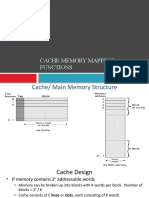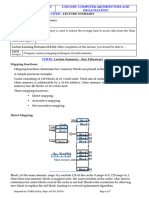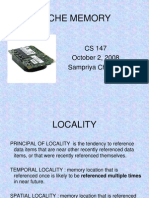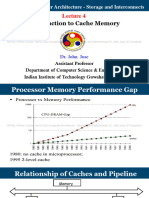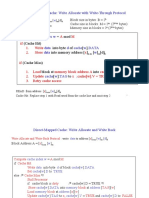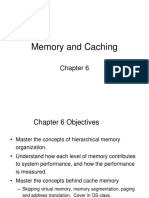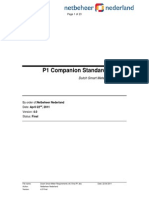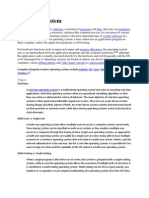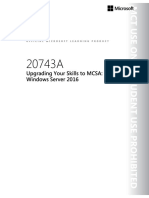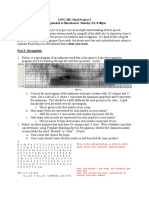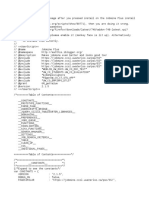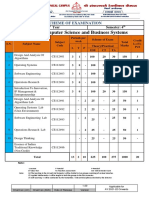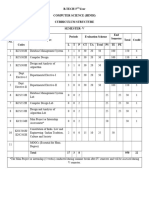0% found this document useful (0 votes)
14 views16 pagesCache Memory
The document provides an overview of cache memory, explaining its structure, operation, and mapping techniques. It details the three common mapping methods: Direct Mapping, Associative Mapping, and N-way Set Associative Mapping, along with their advantages and disadvantages. Additionally, it discusses strategies for block replacement on cache misses, emphasizing the importance of locality of reference for performance improvement.
Uploaded by
R INI BHANDARICopyright
© © All Rights Reserved
We take content rights seriously. If you suspect this is your content, claim it here.
Available Formats
Download as PDF, TXT or read online on Scribd
0% found this document useful (0 votes)
14 views16 pagesCache Memory
The document provides an overview of cache memory, explaining its structure, operation, and mapping techniques. It details the three common mapping methods: Direct Mapping, Associative Mapping, and N-way Set Associative Mapping, along with their advantages and disadvantages. Additionally, it discusses strategies for block replacement on cache misses, emphasizing the importance of locality of reference for performance improvement.
Uploaded by
R INI BHANDARICopyright
© © All Rights Reserved
We take content rights seriously. If you suspect this is your content, claim it here.
Available Formats
Download as PDF, TXT or read online on Scribd
/ 16



